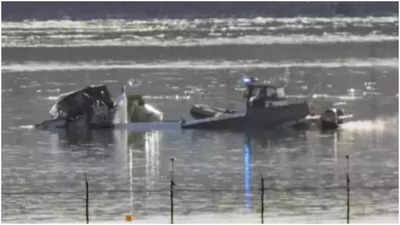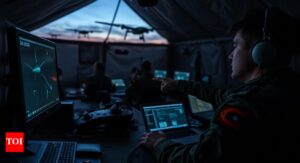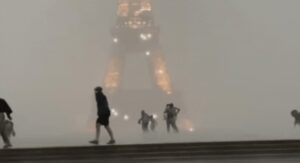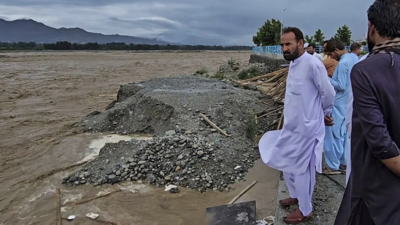Black Hawk helicopter crew may read wrong altitude before crash and missed radio communications: Investigators
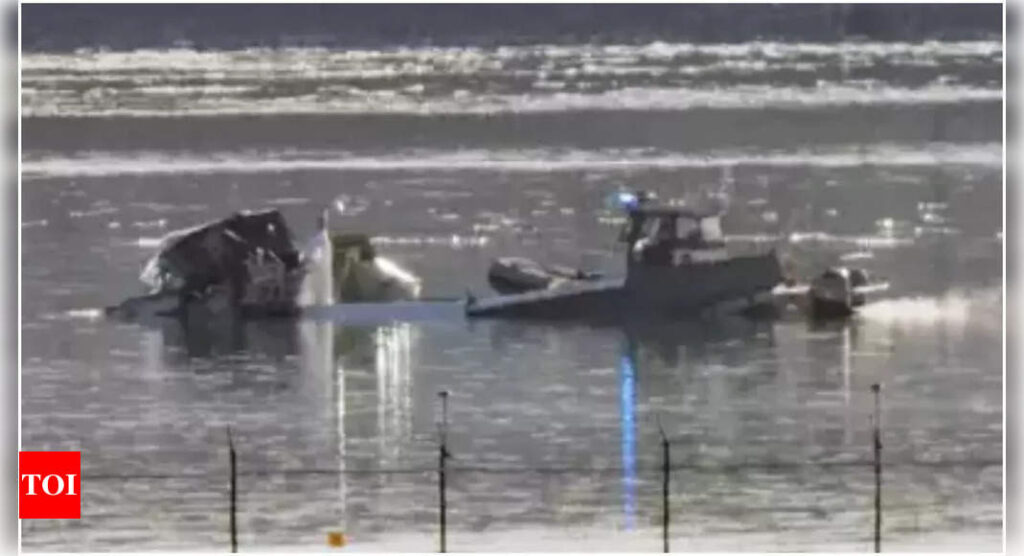
The crew of an Army helicopter, which collided with an American Airlines near Washington DC, may have read the wrong altitude before the crash and missed radio communications, according to the National Transportation Safety Board.
A passenger jet and a Black Hawk helicopter that collided in midair on the night of January 29 and crashed into the Potomac River near Reagan National Airport near Washington, DC, claiming the lives of 67 people.
NTSB chief Jennifer Homendy told explained that crucial instructions were possibly missed due to overlapping radio transmissions. The helicopter crew, conducting a night vision goggle certification flight, might have missed important tower communications about runway changes.
“That transmission was interrupted -– it was stepped on,” she said, leaving them unable to hear the words “pass behind the” because the helicopter’s microphone key was pressed at the same moment.
The helicopter pilots may have also missed part of another communication, when the tower said the jet was shifting to a different runway, she said.
Homendy said the helicopter was on a “check” flight that night where the pilot was undergoing an annual test and a test on using night vision goggles. Investigators believe the crew was wearing night vision goggles throughout the flight.
It will take more than a year to get the final NTSB report on the collision, and Homendy warned reporters that many issues were still being probed.
“We’re only a couple weeks out,” from the crash, she said. “We have a lot of work to do.”
The investigation revealed the Black Hawk was flying at approximately 325 feet, exceeding its 200-foot limit. Discrepancies in altitude readings were noted, with the pilot reporting 300 feet whilst the instructor indicated 400 feet. The helicopter’s radio altimeter recorded 278 feet at impact.
Aviation experts, including William Waldock from Embry-Riddle Aeronautical University and retired pilot John Cox, provided insights about radio communication issues and visual separation protocols. Cox emphasised that the helicopter crew had accepted responsibility for maintaining visual separation with the airliner.
The Army crew members were identified as Capt. Rebecca M. Lobach, Staff Sgt. Ryan Austin O’Hara, and Chief Warrant Officer 2 Andrew Loyd Eaves. The American Airlines pilot was Jonathan Campos. The passengers included hunters, students, parents, and members of the Skating Club of Boston returning from a development camp.
President Donald Trump made unsubstantiated claims about the crash, initially blaming the helicopter’s altitude and later criticising the air traffic control system. The NTSB’s final report is expected to take over a year to complete.
